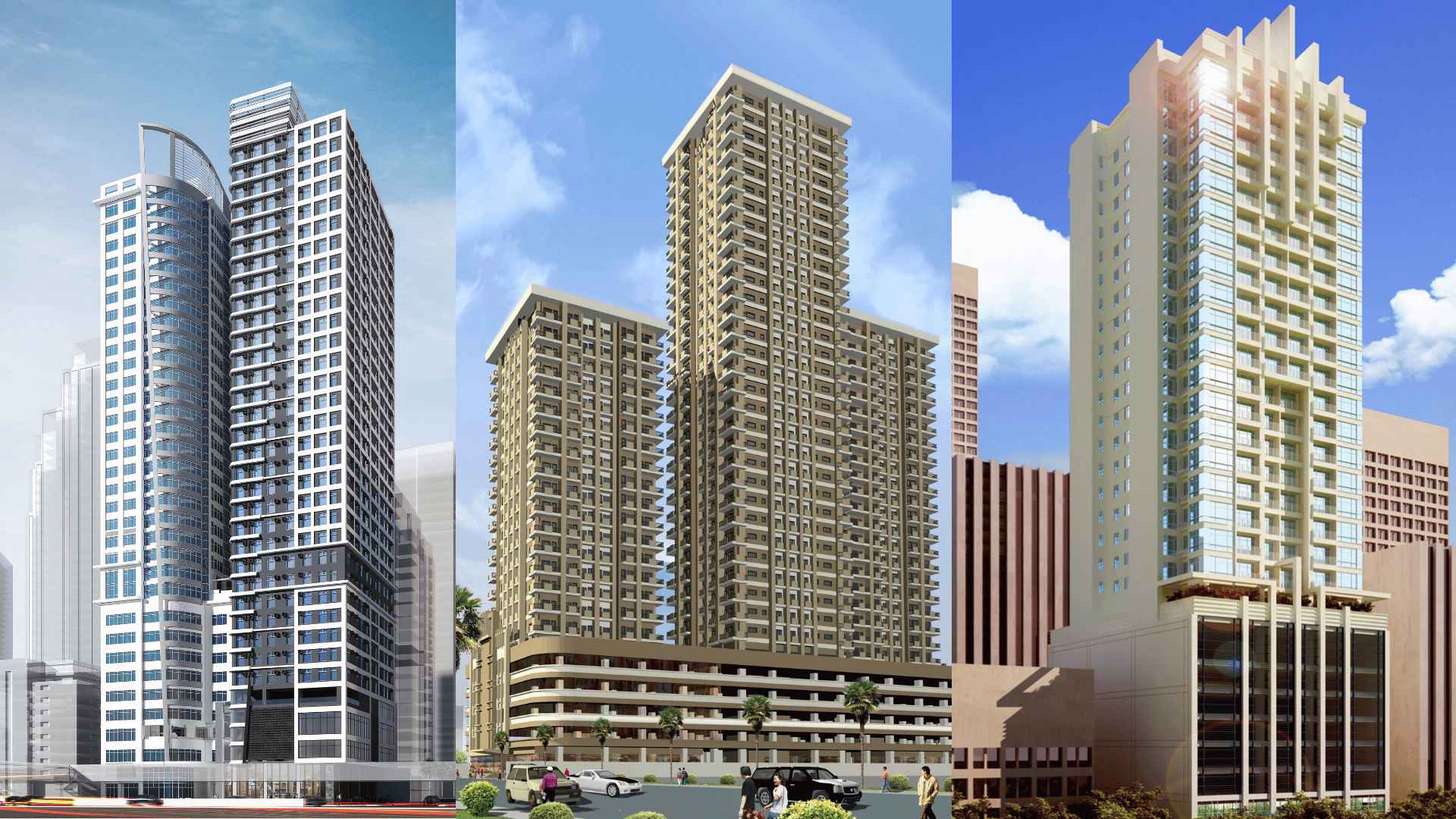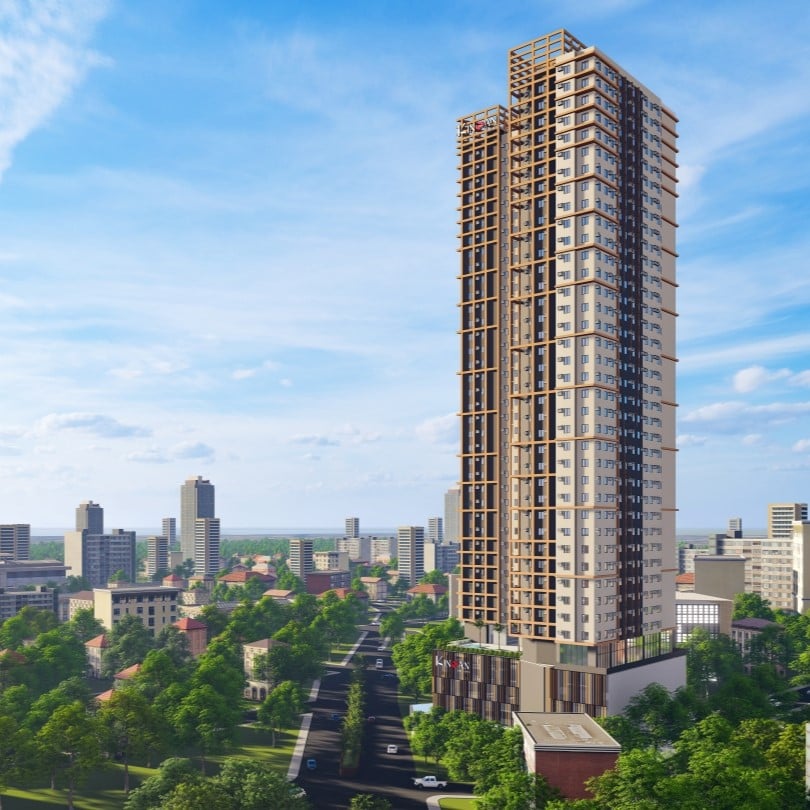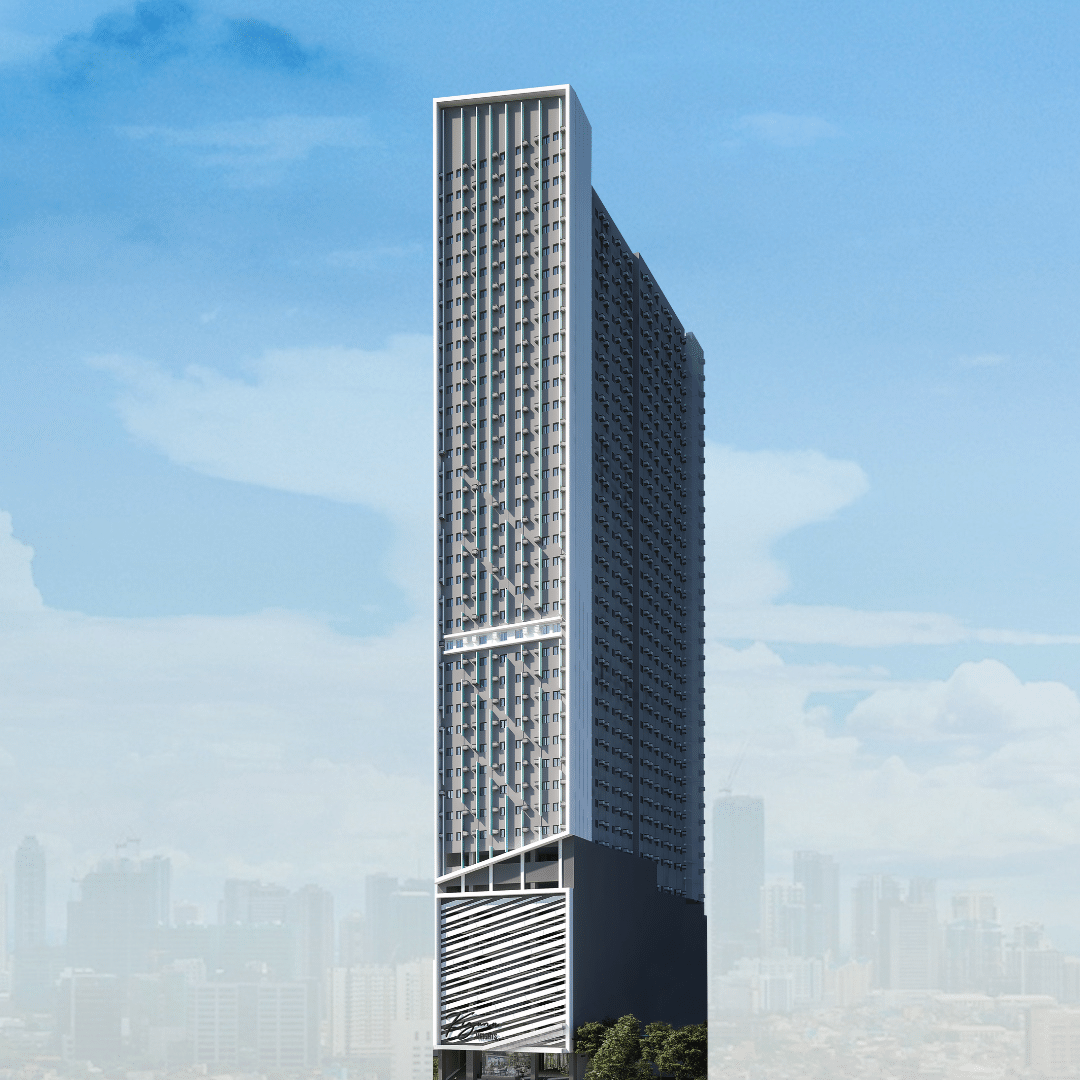The Philippines' capital city, Metro Manila, has seen fast urban growth, which has opened the door for businesses to thrive in the National Capital Region. While the country's most well-known business district is still Makati, other well-known areas that attract venture capitalists, entrepreneurs, workers, and job seekers are Ortigas Center in Mandaluyong and Pasig, Bonifacio Global City in Taguig, and Quezon City Triangle Park.
What is a Central Business District?
The area of highly concentrated commercial activity that forms the center of a city or region's economic and population density is known as the central business district. The financial district is another name for the central business district in certain cities; these are typically the ones where the financial sector dominates the downtown office market. Many different types of businesses and commercial endeavors are typically found in central business districts; these businesses are probably paying a premium to be located in the epicenter of the economy.
The central business district, or CBD for short, is a crucial term in planning because it touches on so many interconnected issues in the city, including the health of the local and regional economies, the flow of people and goods, urban life and culture, and more. Typically, it has skyscrapers, landmarks, and other distinctive characteristics that set it apart. Because of its ideal location and high demand, the CBD is frequently the most expensive land in a city. This makes it a popular location for companies of all sizes. A city's central business district (CBD) frequently becomes a concrete jungle of sorts as companies fight for the best location to establish their operations.
The plan is to develop residential, commercial, and recreational projects into a central business district. The concept is to link futuristic, simple, and affordable residential apartments with companies, institutions, and commercial activity.
Moreover, one of the biggest issues with residing in metropolitan areas is traffic congestion. The longer the commute from home to the place of employment, the more stressed out people get during rush hour, which lowers output. On the other hand, if you decide to live in the Central Business District area, you probably have access to employment and business opportunities there. Consequently, you'll avoid the stress of your commute, gas prices, and auto maintenance expenses.
Advantages of Living in the Central Business District
1. Everything is within reach.
You would have had no trouble traveling to and from other parts of the metro, whether your preference is for a house and lot or a condominium unit in Makati central business district from any of the business districts of the capital. Business districts are often found close to major highways, with taxis, buses, jeepneys, and MRTs among the mass transit options available.
Numerous entertainment and leisure venues can also be found in a modern business district; these venues were first built with the goal of promoting a work-life balance. Of course, major business districts can't live without their shopping malls. Every business district has a large market and a bustling shopping center with a wide variety of retail options. For example, the malls at Glorietta and Greenbelt, as well as The Landmark, are situated in Makati CBD. Makati is also home to Century Mall in Century City and Power Plant Mall in Rockwell Center. Ortigas Center is home to Robinsons Galleria, The Podium, and Shangri-La Plaza.
2. Job Opportunities
Living close to business areas puts you in close proximity to a wealth of employment opportunities. These areas are business-friendly and often have higher employment rates than other parts of Metro Manila. There's no doubt you'll find one that fits your requirements in these areas. Living in a condo in an urban area like Makati City or Bonifacio Global City can result in reduced commute times, reduced stress levels during peak hours, and an overall more comfortable urban lifestyle. You can save more money and reduce your travel time by residing close to these business areas.
3. Ideal neighborhood for foreigners or those who live abroad
In contrast, Taguig's business district is more recent than those of Makati and Ortigas. Nevertheless, because of its well-established and startup companies, it is a well-liked travel destination for foreigners. Its central business district is called Fort Bonifacio Global City (BGC). With wide, open parks spread throughout, it was constructed on a former military reservation and is recognized as a work of art in urban planning. Lastly, Pasig City has been recognized as one of the nation's financial hubs for the last two to three decades. The city's financial district, Ortigas Center, is home to the Philippine Stock Exchange, the Asian Development Bank, and several regional bank headquarters.
4. Access to schools
Prestigious schools and universities were already situated in central business districts, along with government buildings, retail stores, and financial districts. Graduate schools like Asian Institute of Management and Ateneo Graduate School of Business are located in Makati City, along with universities like Far Eastern University, Centro Escolar University, MAPUA, Ateneo de Manila University, and De La Salle University in Manila. Many students want to avoid long travel times, so living in residential areas within or close to universities, colleges, and graduate schools makes it easy to access premier educational institutions.
5. Entertainment City, Leisure, and History
These neighborhoods in the city are home to bars and nightclubs. Households can shop at malls or take a stroll in the park in between. There are also cafes and museums for creative millennials. Business districts also house cultural centers that highlight our historic core; two examples of these are the Ayala Museum and Yuchengco Museum in Makati CBD.
6. Variety of restaurants
There are countless food and dining establishments close to business districts. Every culinary culture—Filipino, Japanese, Italian, American, and even contemporary variations—will be on show. In addition, there are a ton of reasonably priced ones; Metro Manila's malls frequently feature both foreign and local chains. Even for its most seasoned residents, Bonifacio Global City never fails to surprise them. This financial and lifestyle district never gets boring, with new locations opening up every few months.
7. Unwind in green spaces.
Residents of the central business district cherish their green spaces. In addition to offering a natural green setting for you to rest and rejuvenate your eyes, green spaces frequently have art installations adorning them. Greenbelt Park, the well-known Ayala Triangle Park, and Makati Park and Garden are just a few of the green areas that Makati residents can enjoy. The stunning nighttime view of the Makati skyline is one of the best features of living in a condominium in this area. There are also a few RFO condominiums that you may want to check out. In Makati, Laureano di Trevi Towers is a three-tower condominium located on Don Chino Roces Avenue. Trevi Towers by Vista Residences is 5,000 square meters in size. ideally situated on a major avenue in Makati.
A city's central business district is vital to the general health of the city and plays a significant role in its economy. A bustling CBD draws in companies and capital, generates employment, and stimulates the economy. A thriving central business district also makes a city's citizens' quality of life better. You never know, but maybe this is the sign for you to live in a central business district.
For more information on Vista Residences, email [email protected], follow @VistaResidencesOfficial on Facebook, Twitter, Instagram, and YouTube, or call the Marketing Office at 0999 886 4262 / 0917 582 5167.










